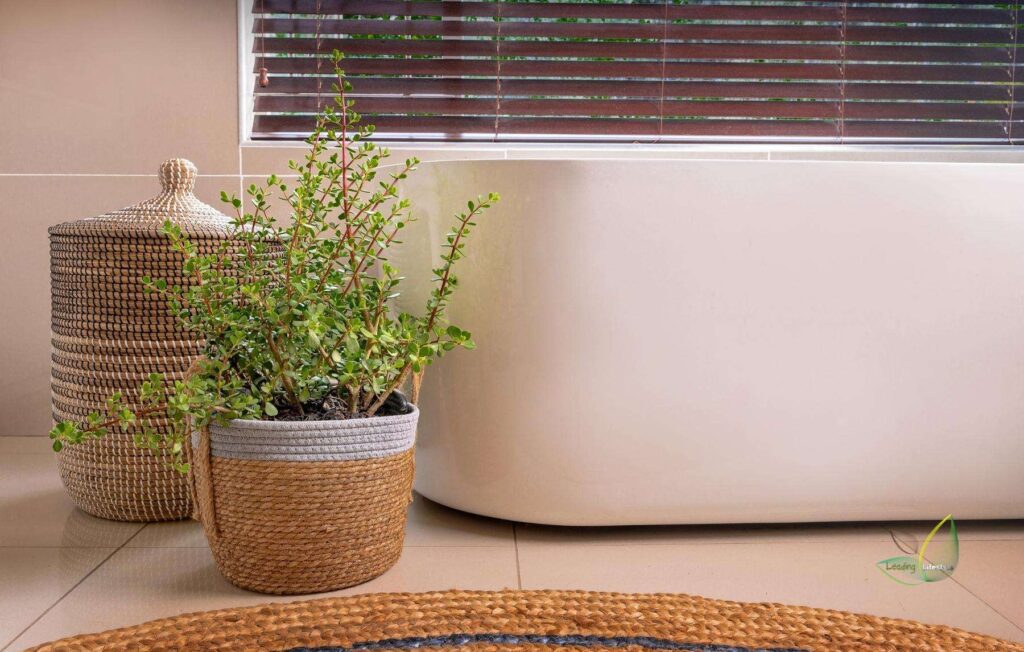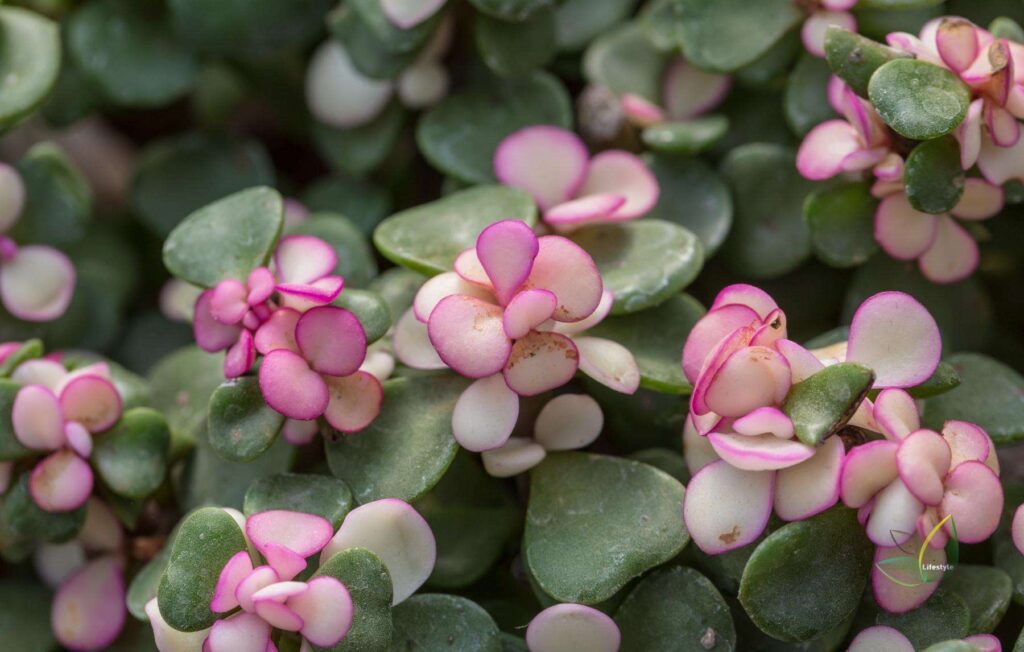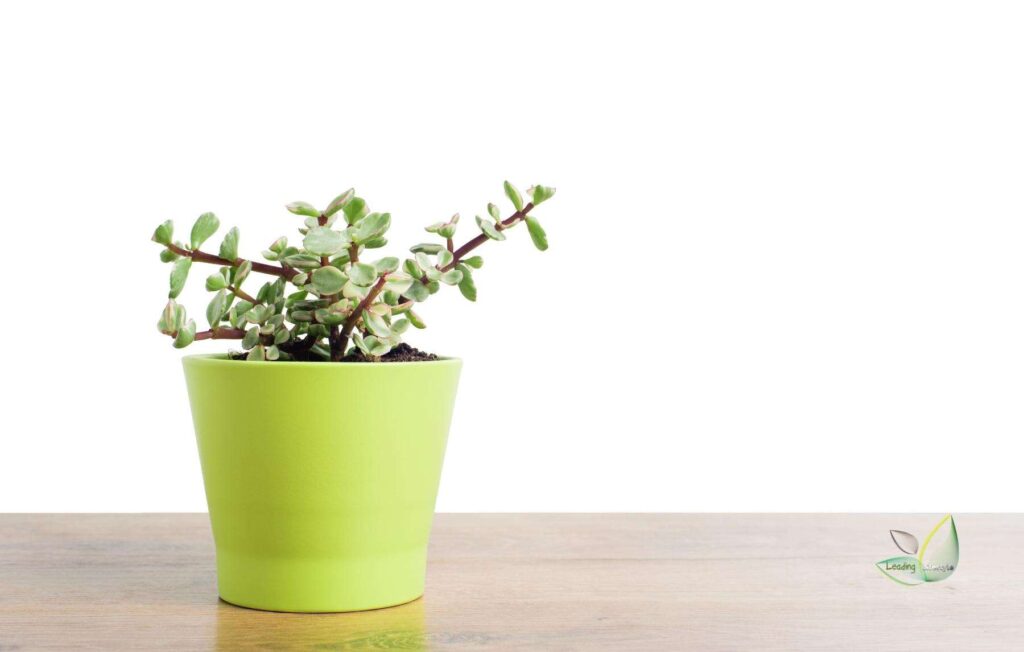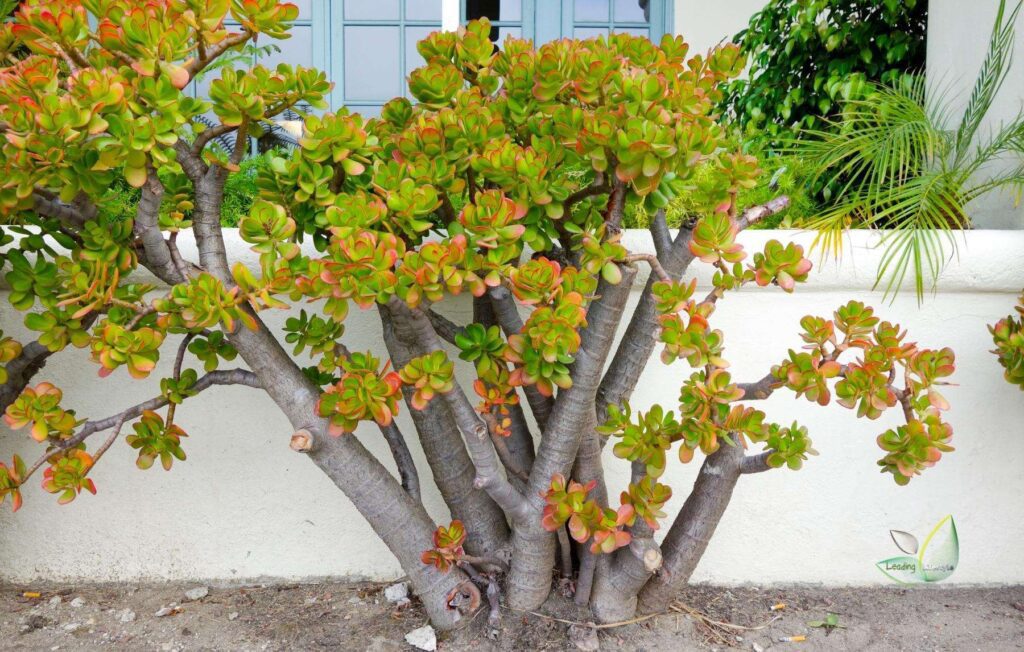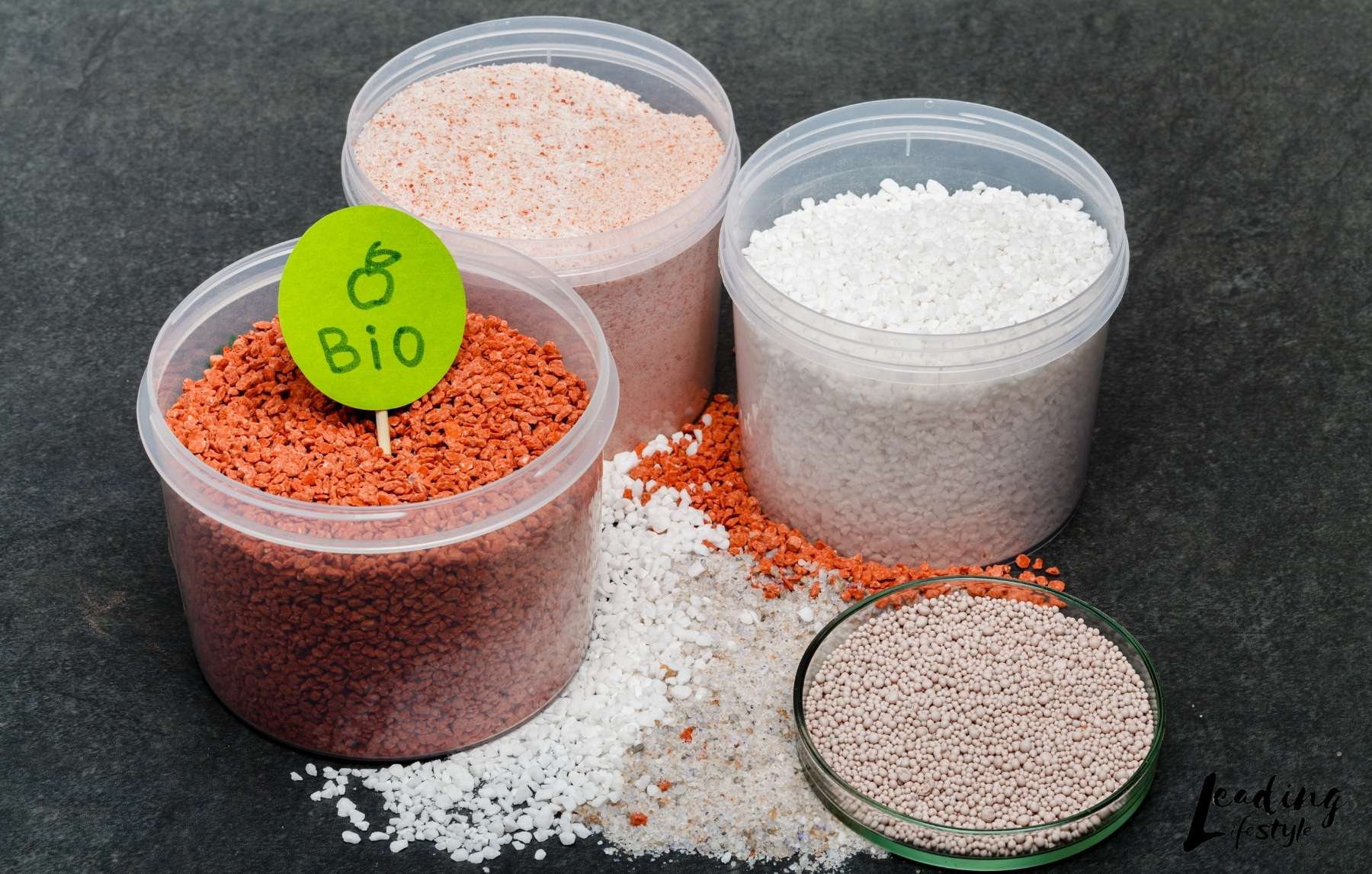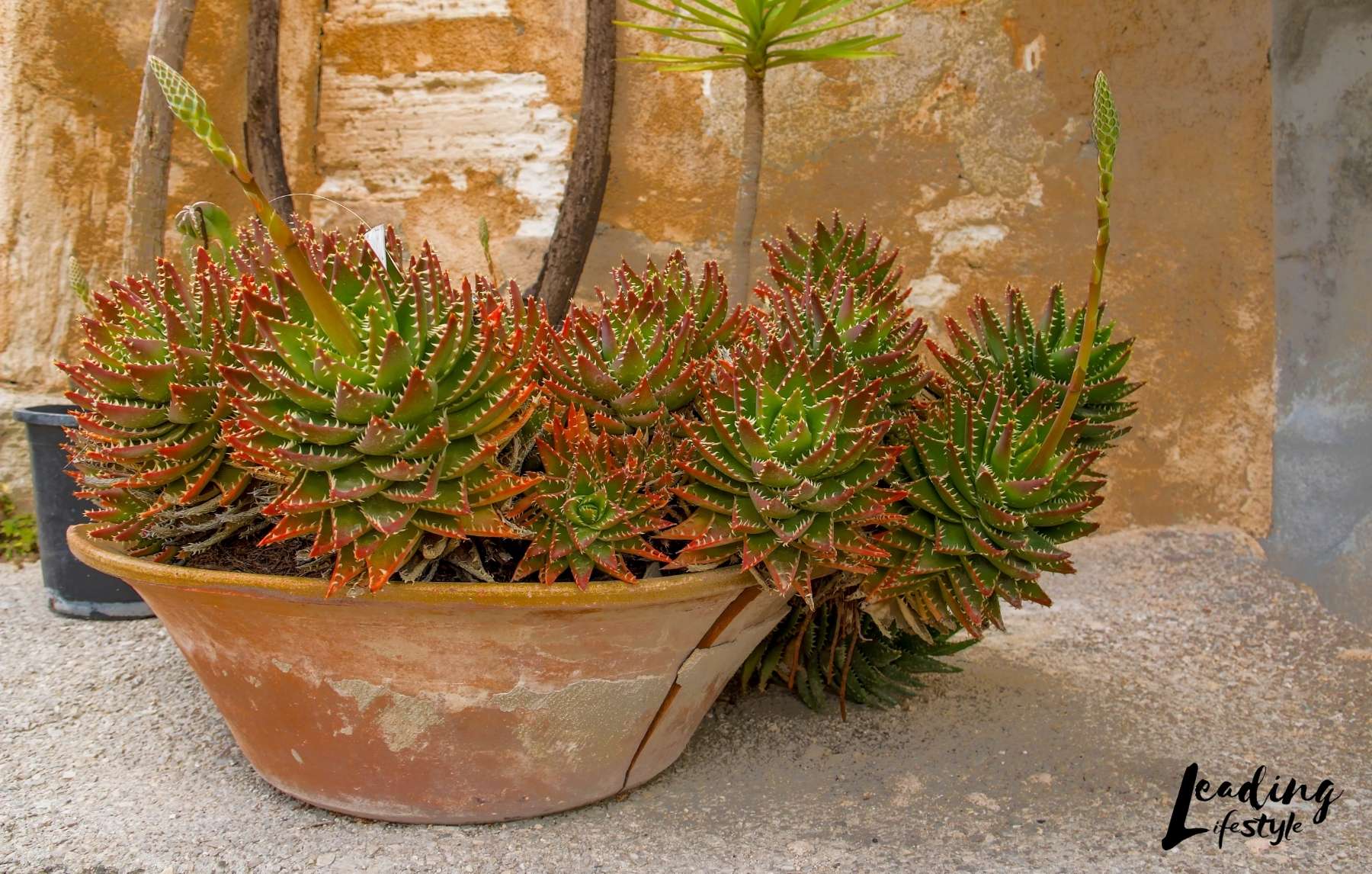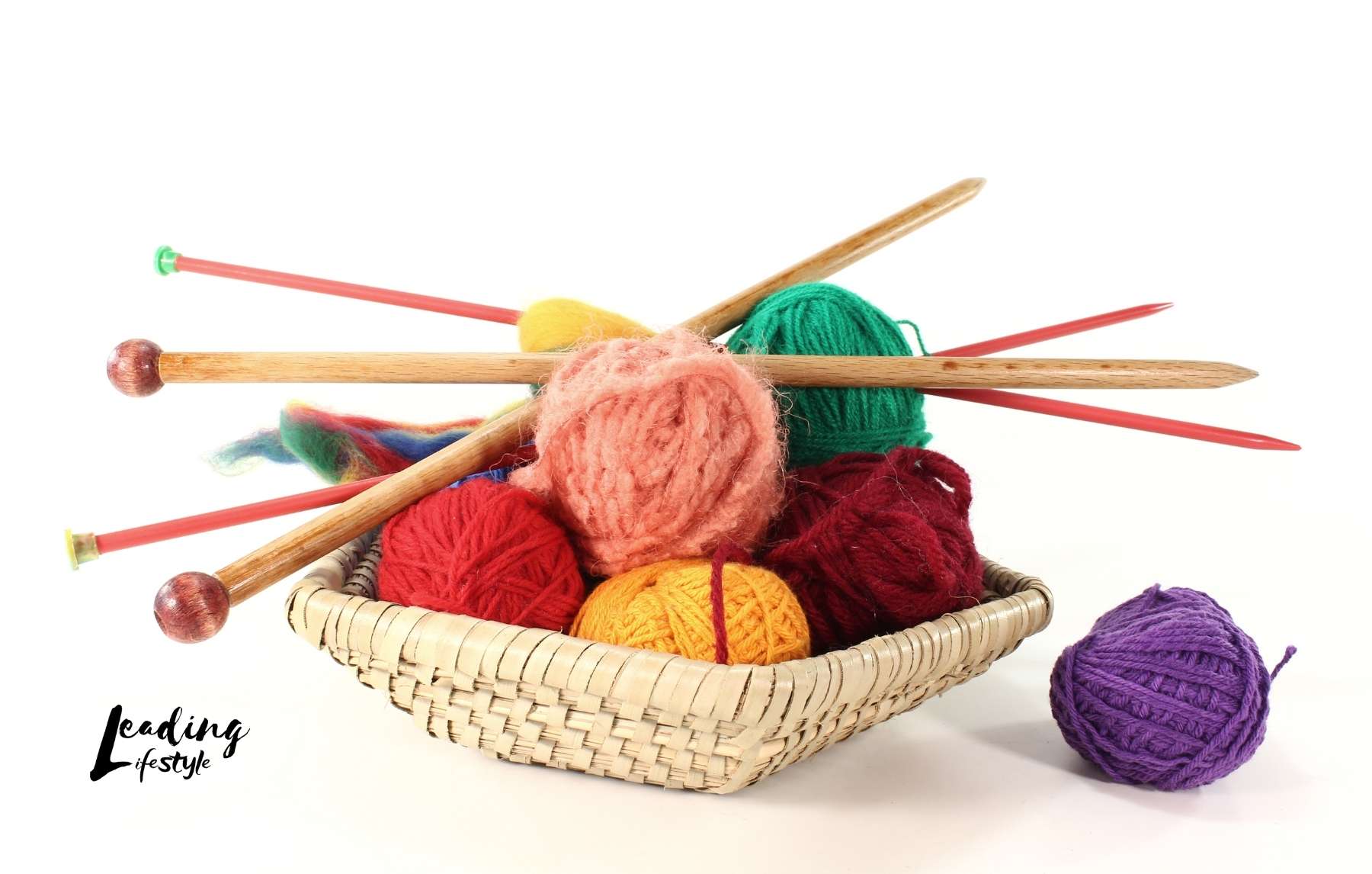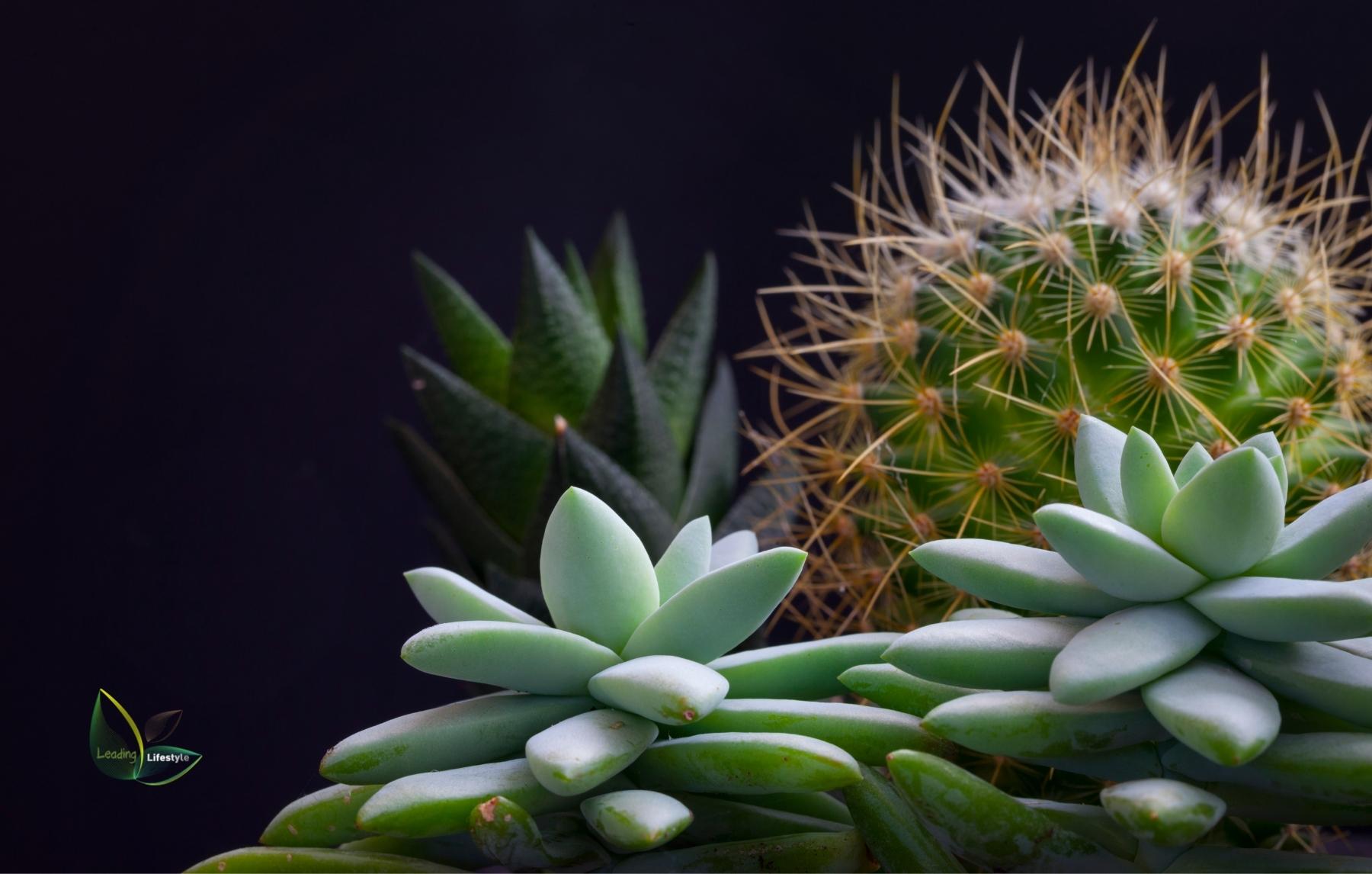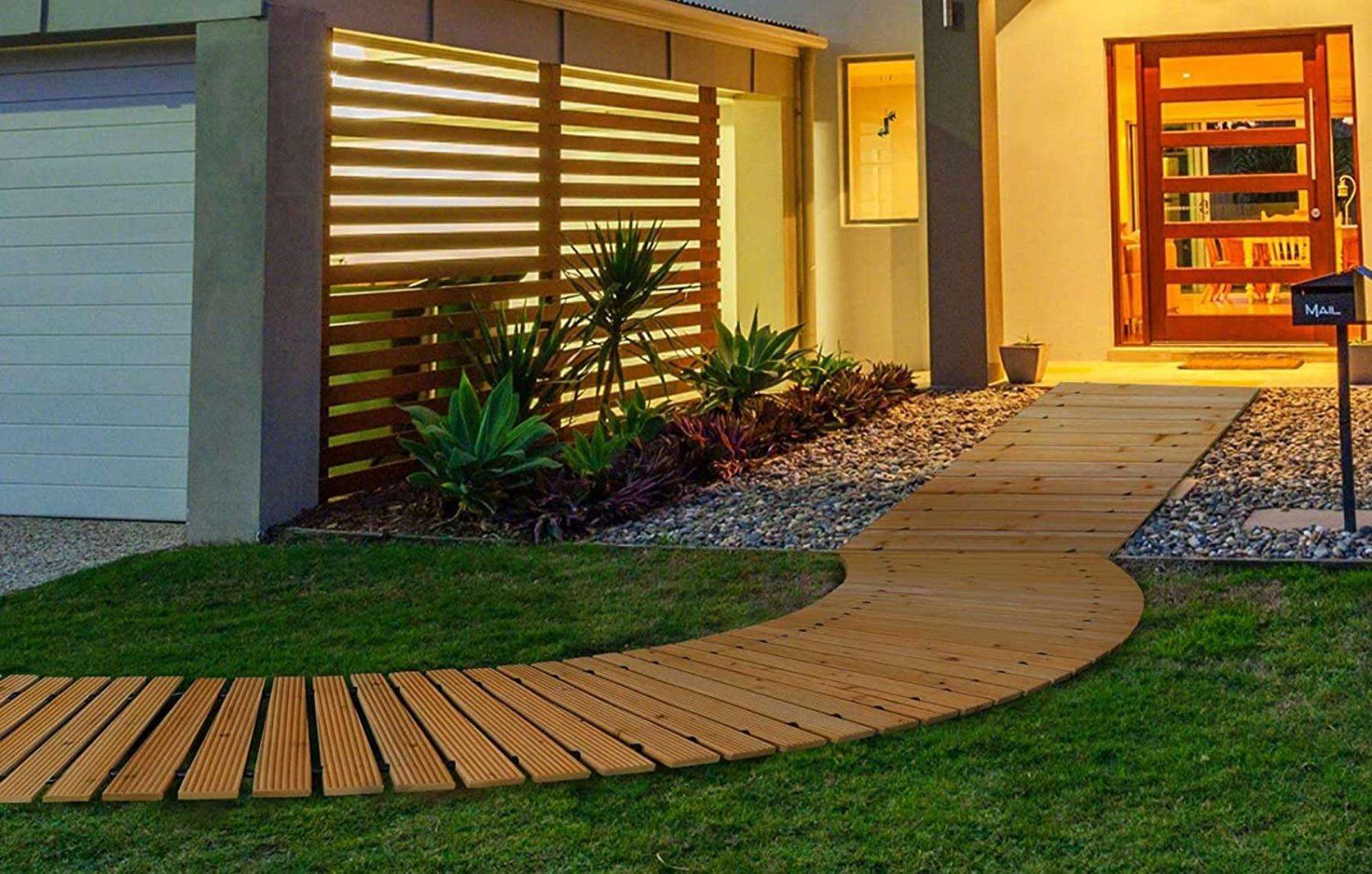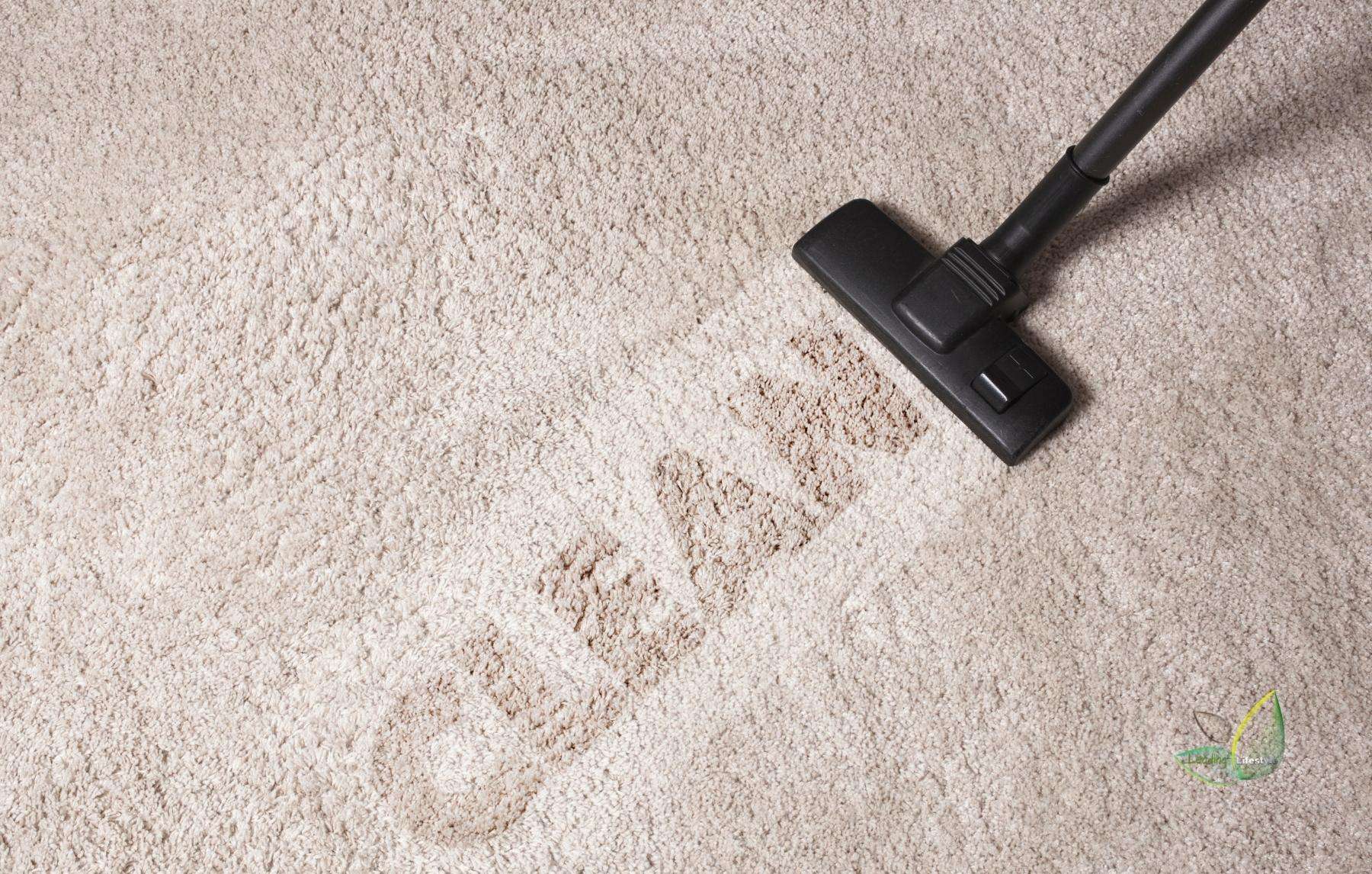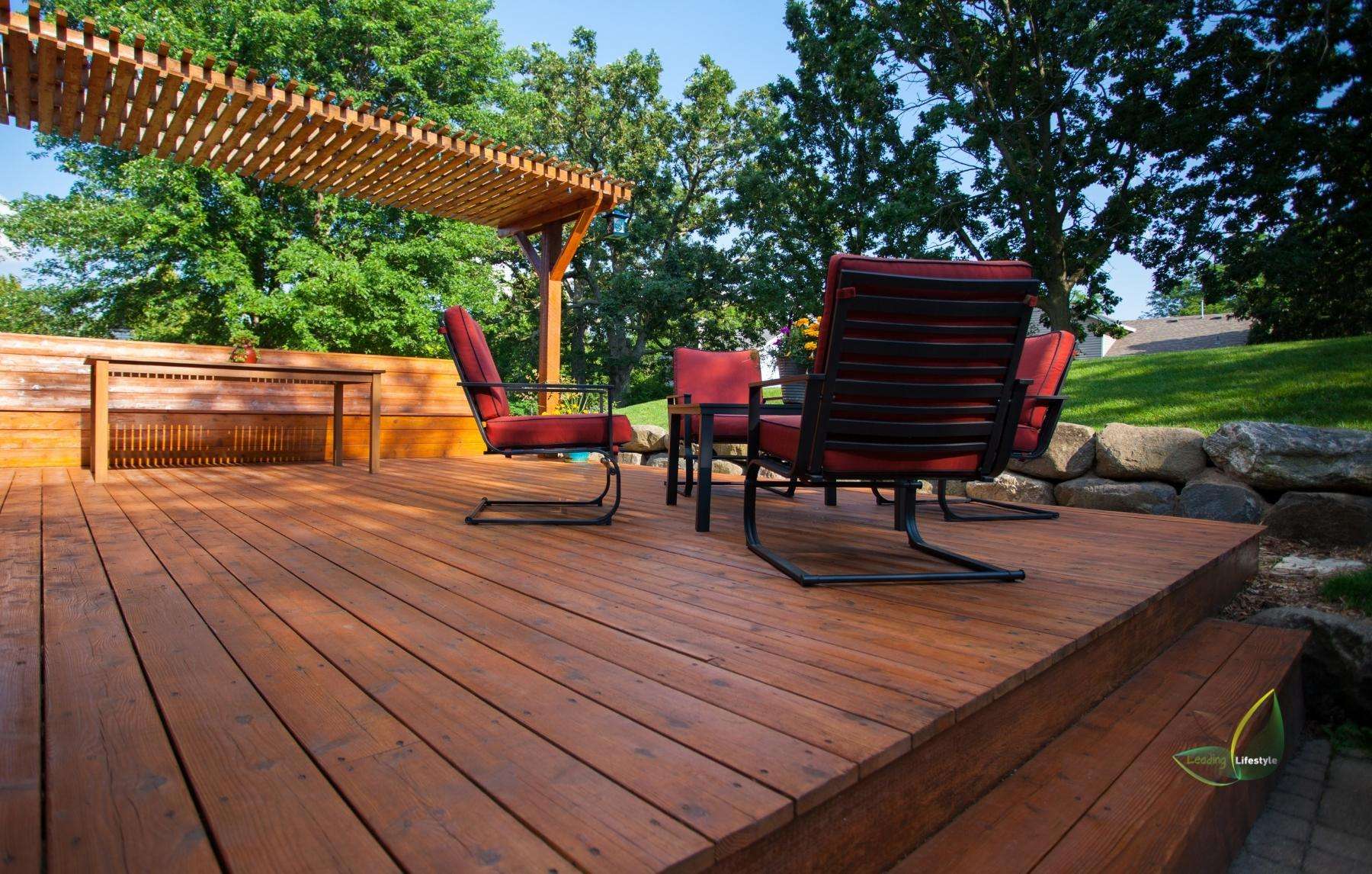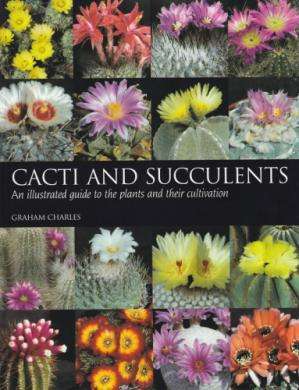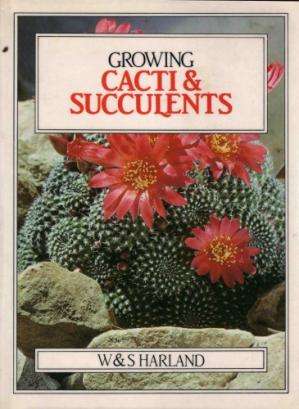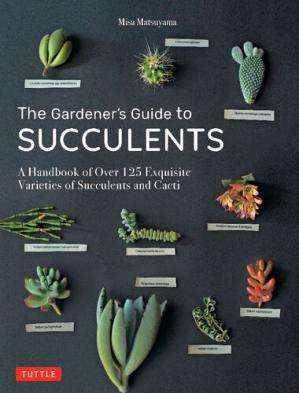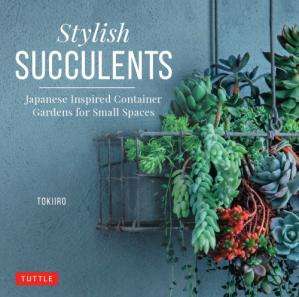What is the "Elephant Bush succulent" Portulacaria afra?
Known as the “elephant bush” because it resembled an elephant, Portulacaria afra is a perennial succulent shrub from South Africa.
An elephant-bush-like succulent with woody stems that can grow to enormous heights when given the right conditions is Portulacacaria afra “Elephant Bush.”
If you’re looking to grow succulents indoors or out, Portulacaria afra is an excellent choice.
In areas where temperatures fall below 30 degrees Fahrenheit (1.7 degrees Celsius), Portulacaria afra should be grown indoors in a container.
One of the most well-known succulents globally is the “Elephant Bush Plant,” also called Portulacaria Affra (pronounced por-tew-luh-KAR-ih-uh AF-ruh).
Quick Look:
| USDA Hardiness Zones: 10-11 |
| Foliage Color(s): Variegated Green/Cream with Reddish-brown Stems |
| Exposure: Part Sun to Sun |
| Height: 1-2 Feet |
| Spread: 1-2 Feet |
| Soil Type: Porous, Rocky, Sandy |
| Habit: Upright |
| Watering: Dry, Moderate |
| Drought Tolerant: Yes |
| Uses: Indoor/Outdoor |
| Other Uses: Rock & Container Gardens |
| Type: Succulent/Annual |
| Scientific Name: Portulacaria afra ‘Variegata’ |
| Common Name: Elephant Bush |
| Other Name(s): Rainbow Bush |
Veriegated Elephant Bush Succulent
Elephant Bush Succulent Bonsai
Growing Elephant Bush succulents
These succulents require well-drained soil and an unglazed container to allow excess moisture to evaporate.
Cactus soil or potting soil cut in half with sand, vermiculite, or pumice is the best mixture for this type of plant.
When growing elephant bush indoors, choose a location with indirect sunlight. Overexposure to direct sunlight can char the leaves and cause them to fall off.
Make sure the container you choose has plenty of drainage holes.
Elephant bush succulents look great in a succulent display alongside plants that require similar care and conditions.
General Care for Portulacaria afra "Elephant Bush succulents."
An indoor or outdoor succulent garden should include Portulacaria afra. Despite the name “Miniature Jade,” Crassula ovata has nothing to do with this particular succulent. Miniature and variegated forms of the “Elephant Bush” are also available.
The non-variegated state has a better heat tolerance.
Succulent bonsai plant Portulacaria afra is a popular choice for hobbyists.
Keeping Portulacarias in good condition is just like caring for other succulents.
Ensure the soil is well-drained by adding 3 inches (8 cm.) of sand or gritty material when planting outside in warm climates.
Pests like whitefly, spider mites, and mealybugs should be on your concern.
Watring
Elephant Bush succulents have special watering requirements not typical of other succulents. Using the “soak and dry” method is the most effective way to water your plants because it allows the soil to dry completely between waterings.
When the plant is dormant, it necessitates less frequent watering than active.
Compared to other succulents, the thin leaves of Portulacaria afra can withstand more frequent waterings.
Where to plant elephant bush succulents
If you live in an area that gets colder than 30° F (1.7° C), you should grow Portulacaria afra in a container that you can move indoors.
If you want it to grow well, place it to get at least six hours of direct sunlight every day.
Indoor plants should be placed near a window that receives plenty of sunlight. It will grow, but at a slower rate than other succulents if not exposed to enough sunlight.
How to Propagate Portulacaria afra "Elephant Bush."
Cuttings
To propagate Portulacaria afra “Elephant Bush” from cuttings,
- Use a clean, sharp knife or scissors.
- With one of the plant’s branches cut off, wait several days before planting it in soil with good drainage.
- Please wait until the soil is arid before you begin to water it.
Variations
Plants of the genus Portulacaria are available in miniature and variegated sizes.
Uses
Known as a carbon sponge, Portulacaria afra absorbs many carbon dioxide from the atmosphere.
Elephants eat the succulent plant known as “Elephant Food,” but it is also used to feed goats and tortoises. Southern African cuisine uses it to add a sour flavor to salads, soups, and stews.
People Also Ask
As long as it gets some sunlight, it's okay. Your garden should receive at least six hours of sunlight each day. Indoors, place the plant in a window that gets plenty of the sun.
However, the stretching of this succulent is less noticeable than that of other succulents when it isn't given enough sunlight.
During the hottest months of the year, water Elephant Bush succulents as frequently as every 7-10 days and even more frequently during a heatwave. It would be best to only water your plants every 10-14 days when the weather cools down.
Keep the watering can out of reach. Like most succulents, the elephant bush thrives on neglect. Make sure the roots don't get rotted by planting them in full sun on sandy ground.
To grow it in a pot, make sure the container has a drainage hole in the bottom.
When moving your plant to a new container, make sure that the potting mix in the new container is fresh.
Elephant bush plants can grow to a height of six to twenty feet (2-6 m.) Elephant bush houseplants thrive in the interior of the home.
Keeping Portulacaria healthy requires a lot of light and warmth.
Clusters of small pink flowers appear at the ends of the branches after the bush goes dormant during the winter.
Pruning the tips allows you to keep it to a manageable height and width in the ground.
The giant stems of a container-grown elephant bush can be pinched and kept in a small pot to control its size.
Indoors, place the plant in a window that gets plenty of sunlight.
If you have a variety of elephant bush, you'll call it the 'Rainbow Bush.'
Full sun or partial shade is ideal.
You should grow Afra in a container if you live in a climate where the winters are frigid so that you can move the succulent indoors for the winter months.
Succulents known as trailing elephant bush can thrive in arid conditions.
When they receive regular watering, they are more likely to thrive.
A growing Elephant Bush plant requires more water during the drier and hotter months than the more remarkable and wetter winter months.
A well-draining potting mix, cactus mix, or sandy succulent soil is required for Portulacaria afra.

